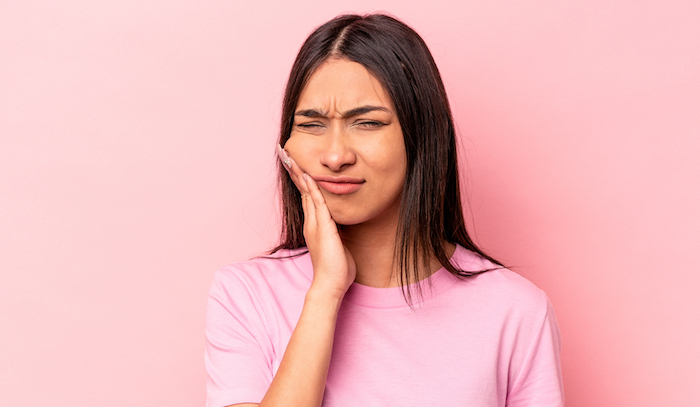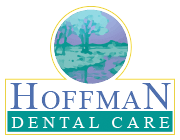
Extractions can be an important part of your treatment plan and overall oral health. Whether due to an infection or to prevent future concerns, removing a tooth is sometimes necessary. Our team will make the process as comfortable as possible. We’re always here to answer questions that may come up along the way. While an extraction can feel a little daunting, we’re here to help with any of your concerns – don’t hesitate to reach out.
Why do I need an extraction?
As dental care professionals, we always aim to be conservative with treatment plans. But in some cases, extraction is necessary to preserve your other teeth and protect your health long-term. Some of the most common reasons for extractions include –
- Gum disease – Advanced gum disease is the primary cause of tooth loss. Periodontal disease weakens the tissues around your teeth, which leads to teeth becoming loose and unstable.
- Infection – If tooth decay persists, it can reach the tooth roots and infect the surrounding tissues. Infections may be treatable with a root canal, but some will require extraction so that the tooth can be restored.
- Crowding – Extractions can be useful in orthodontic treatment planning to create more space in an overly crowded jaw.
- Prevention – Third molars (wisdom teeth) are typically extracted because they can place pressure on the surrounding teeth, often erupt at improper angles and also pose a decay risk.
What can I expect from my extraction appointment?
Your dentist will provide advance instructions on how to prepare for your appointment. Depending on whether you’re receiving sedation, you may need to have someone drive you to and from the appointment. You will receive local anesthesia so that the treatment area is numb and you won’t experience any pain. The primary sensation you’ll experience is pressure as the tooth is removed. After your extraction, be sure to follow your aftercare instructions so that you heal properly.
Post-Extraction Care Instructions
Following the extraction of a tooth/teeth it is important to take proper care of the extraction site to aid in optimal healing. The following oral care instructions are recommended to help you through the initial healing process.
- Bite firmly on the cotton gauze (slightly dampened) until the heavy bleeding stops. It is not uncommon to have oozing from the extraction area for the remainder of the
- DO NOT smoke or drink through a straw for, 48 hours following the extraction as this can dislodge the blood clot and create a dry socket. DO NOT spit for the first day.
- Keep ice on your face for the first 24 hours (alternating on and off every 10-15 minutes) to reduce swelling.
- If swelling is noted, apply heat to the affected side of your face the day following the procedure.
- Rinse with warm salt water starting the day following the extraction, especially after meals to remove any food particles and keep the area clean.
- If an antibiotic is prescribed be sure to take all of it as prescribed to help prevent an infection
- Eat what foods you can tolerate, preferably soft foods for the first 48
- Get plenty of rest. Keep your head elevated with an extra pillow the first night to help prevent swelling.
If you have any complications, please call our office at (586) 247-8730.



